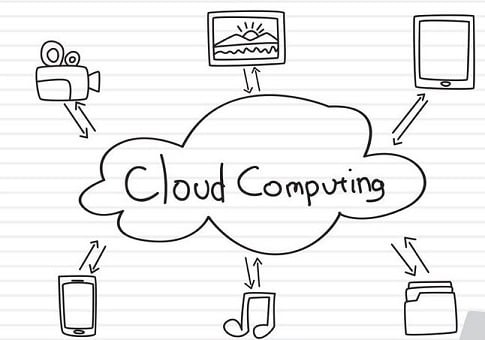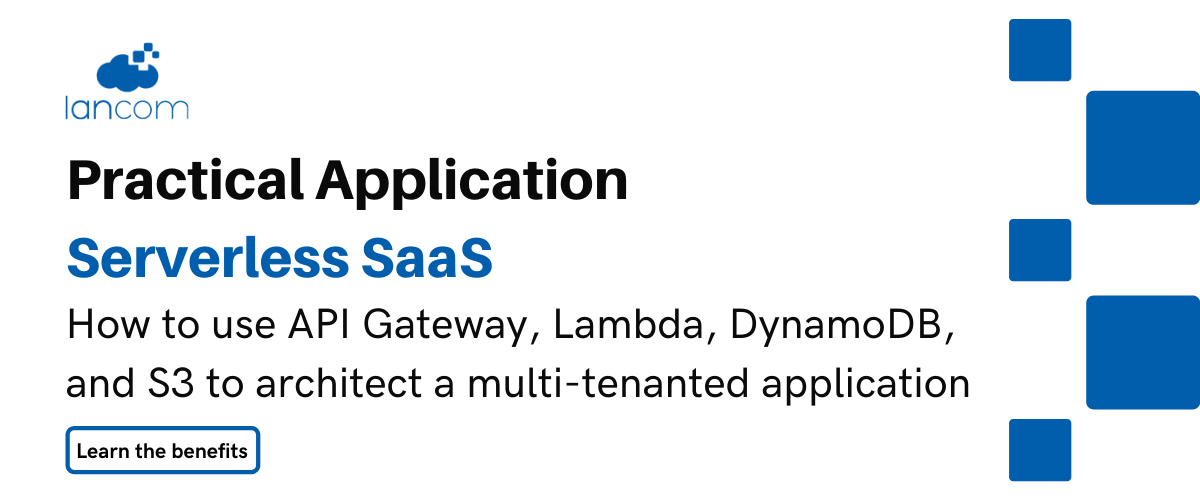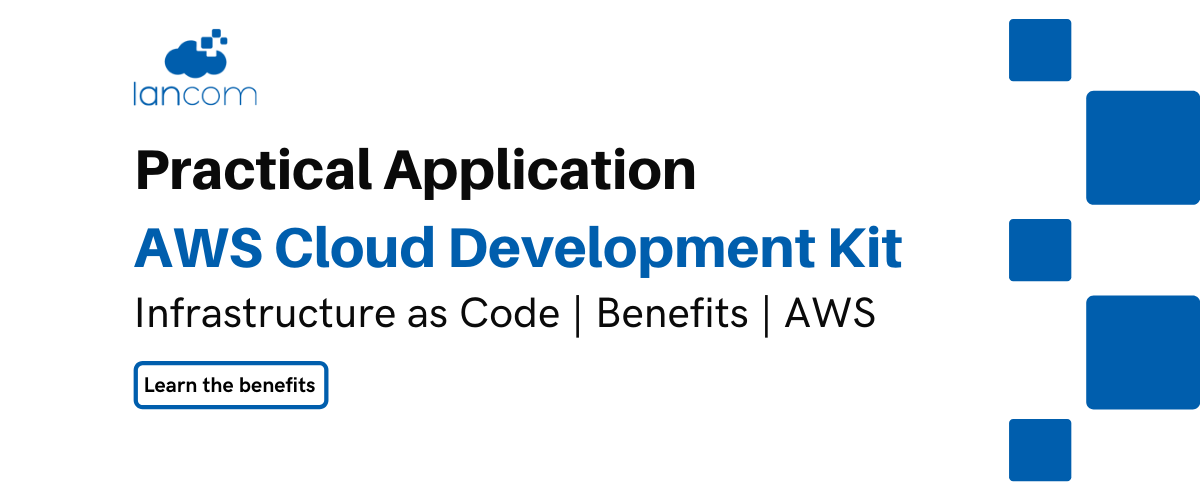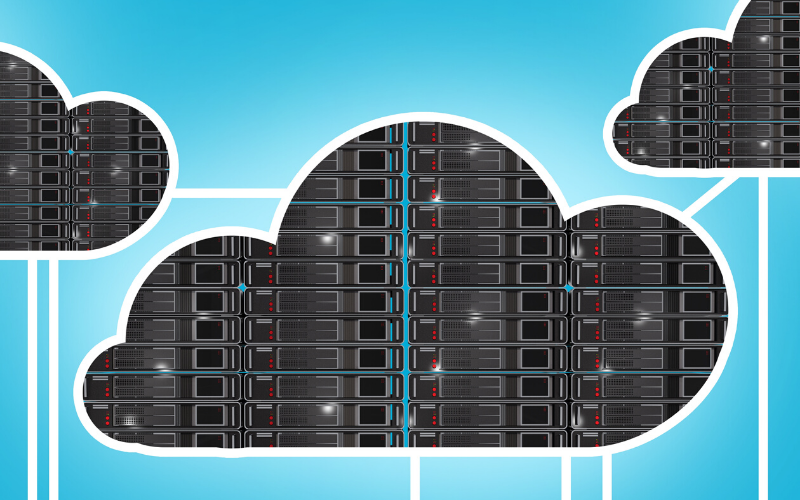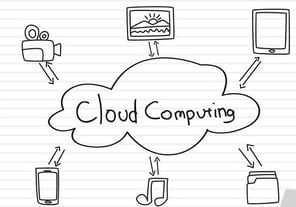
You will by now have heard the term 'Cloud Computing' a lot. You probably have found that the term 'cloud computing' used for completely different and apparently contradictory circumstances. Google, Uber and Amazon are all 'cloud' but very different services. Didn't Amazon once sell books? AWS, Evernote, Uber, AirBnB, Office 365, Google - all cloud, all quite distinct.![]()
But then even though IT created this notion of cloud computing they took it further and created even more clouds. No, these aren’t cumulus, stratus or cirrus. They are instead the public cloud, the hybrid cloud and the private cloud.
Before getting into these definitions, take a look at this previous blog for more detail on "What is cloud"
Let's start: Public Cloud
A public cloud is based on a standard cloud computing model, where a service provider (think Microsoft or Amazon) makes resources, such as applications and storage, available to the general public over the Internet. Public cloud services may be free or offered on a pay-per-usage model.
What about private cloud?
Private cloud (also called internal cloud) is achieved by virtualising all internal computing resources and making them fluidly available to the business as required. It’s private because the ‘cloud’ is contained within the four walls of the business (typically a data centre) and the company has full control over the data and resources. Virtualisation means those resources can be used more efficiently – however, unlike public cloud, if there is excess capacity, it cannot be assigned elsewhere. That’s the limitation of the flexibility of private cloud.
Which means hybrid cloud is...
You guessed it: a combination of public cloud and private cloud. This is increasingly a practical solution for most companies, which gain the advantages of a virtualised internal infrastructure (private cloud), and then augment capacity requirements with readily available public cloud resources. It marries the best of the private (security, control) and the public cloud (flexibility, scale, low cost), with the ability to assign workloads to the best option for the task.
There are a couple of points to note:
1. Accessibility
Public cloud services are particularly well suited to companies with distributed offices. However, using public cloud always depends on the availability of good internet connectivity.
2. Security
Publically accessible services do have a theoretical possibility of interception. However, encryption and other security measures are ‘baked in’, particularly when accessing the services of reputable vendors like Microsoft or Amazon Web Services.
Selecting public or private cloud
Public cloud is absolutely simply to procure: a credit card and an internet connection is all that’s needed (at a fundamental level). Creating a private cloud requires professional work (potentially including software and additional hardware) to virtualise existing environments.
Public cloud is particularly attractive to small and medium businesses, which can easily procure the IT services required with a great deal of accuracy (and without the necessity for on-site support).
Private cloud tends to be favoured by large enterprises, particularly for key workloads. It preserves existing infrastructure investments and provides a high level of control.
Best of both worlds
With hybrid cloud, the best of both worlds is possible: retain control and security over key data and processes, while accessing additional resources when necessary (such as high-volume month-end periods).
In hybrid configurations, the “clouds” don’t have to meet. Instead, they provide different services to your organisation based on the company’s requirements.

